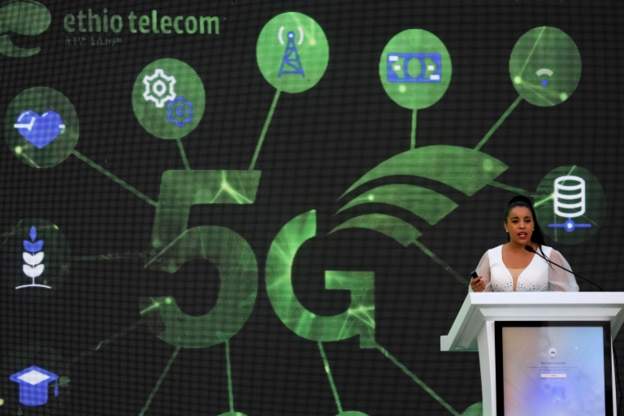A report from GSMA Intelligence states that new 5G network deployments in more than 30 countries in 2023 and technological advancements will accelerate the rate at which 5G connections are expected to double in the next two years.
It is anticipated that 15 of the new networks that will be put into use in 2023 will be standalone 5G networks.
This announcement was made in Barcelona during the Mobile World Congress (MWC) 2023.
There were 229 commercial 5G networks and over 700 5G smartphone models available to users worldwide as of January 2023.
Opening up to new markets Growth will also come from important markets in Asia and the Pacific (APAC) and Latin America and the Caribbean (LATAM), like Brazil and India, which have just started using 5G networks.
The expansion of Airtel and Jio’s services in India in 2023 is anticipated to be crucial to the region’s continued adoption.
By the end of 2025, there will be four 5G networks in India, according to GSMA Intelligence, which will add 145 million users.
Ethiopia and Ghana, two of the developing regions in Africa and Asia, are among the new 5G markets that are scheduled to launch networks in 2023.
In the sub-Saharan region, 5G adoption currently stands at less than 1 percent, but it is expected to rise to over 4 percent by 2025 and 16 percent by 2030, largely as a result of a concerted effort by businesses and government agencies to provide citizens with connectivity.
“Until now, 5G adoption has been driven by relatively mature markets and consumer use cases like enhanced mobile broadband, but that’s changing. We’re now entering a second wave for 5G that will see the technology engage a diverse set of new markets and audiences,” said Peter Jarich, Head of GSMA Intelligence.
“The extension to new use cases and markets will challenge the mobile ecosystem to prove that 5G truly is flexible enough to meet these diverse demands in a way that’s both inclusive and innovative.”
The Rise of 5G FWA As of January 2023, over 48 nations had received commercial 5G-based fixed wireless services from over 90 fixed broadband service providers, the majority of which are mobile operators.
This indicates that an FWA offering is currently included in roughly 40% of commercial 5G mobile phone launches worldwide.
In the United States, T-Mobile added more than half a million 5G FWA customers in Q4 2021 and Q1 2022. It anticipates having eight million FWA subscribers by 2025, while Verizon intends to have five million FWA subscribers by the same date.
In addition, the number of FWA users appears likely to significantly increase over the next few years, with operators like Jio announcing plans to connect as many as 100 million homes in India to its 5G FWA network.
5G mmWave spectrum is already being utilized by a number of operators worldwide as a capacity and performance booster to complement the coverage provided by lower bands, despite the fact that the majority of the current 5G FWA deployments focus on the 3.5–3.8 GHz bands.
Despite the fact that only 7% of 5G launches have so far taken place in 5G mmWave spectrum, 27% of spectrum allocations and 35% of trials are already employing 5G mmWave bands.
In addition, the industry will see ten additional countries use 5G mmWave spectrum in 2023 alone, a significant increase from the 22 countries that have already received it. This year, Spain was granted the first allocation of 5G mmWave spectrum in Europe.
As a result, Telefónica, Ericsson, and Qualcomm launched Spain’s first commercial 5G mmWave network at MWC Barcelona 2023.
The figures from GSMA Intelligence also suggest that the enterprise market will be the primary driver of 5G revenue growth for operators over the next ten years.
Major operators already generate approximately 30% of total revenues from business customers, with additional potential as enterprise digitisation grows.
With 12 percent of operators having already launched private wireless solutions, edge computing and Internet of Things (IoT) technology present additional opportunities for 5G. This number will grow as a wider range of IoT deployments are anticipated in 2023.
The commercial availability of 5G Advanced in 2025 will be another significant development for the business sector.
5G Advanced will support a new wave of business opportunities and improve speed, coverage, mobility, and power efficiency by focusing on uplink technology.
According to the Network Transformation survey conducted by the GSMA, half of operators anticipate supporting commercial 5G Advanced networks within two years of its launch.
Even though this is probably optimistic, it clearly gives the ecosystem a chance to act on.
Source: www.ghbuzznews.com











